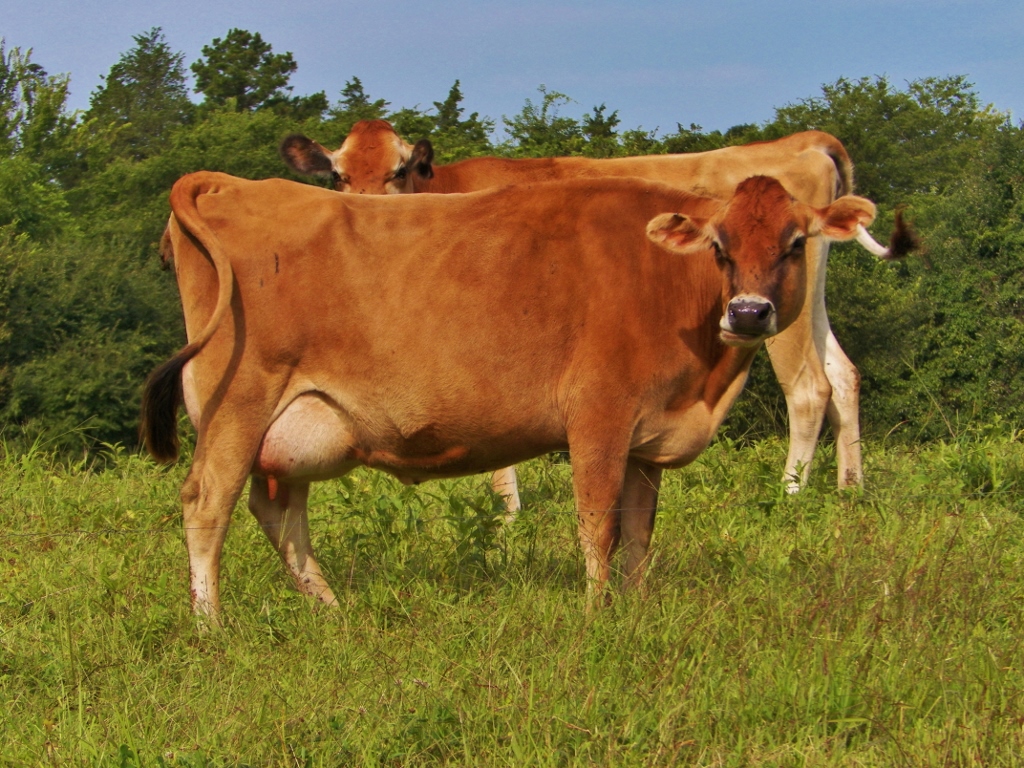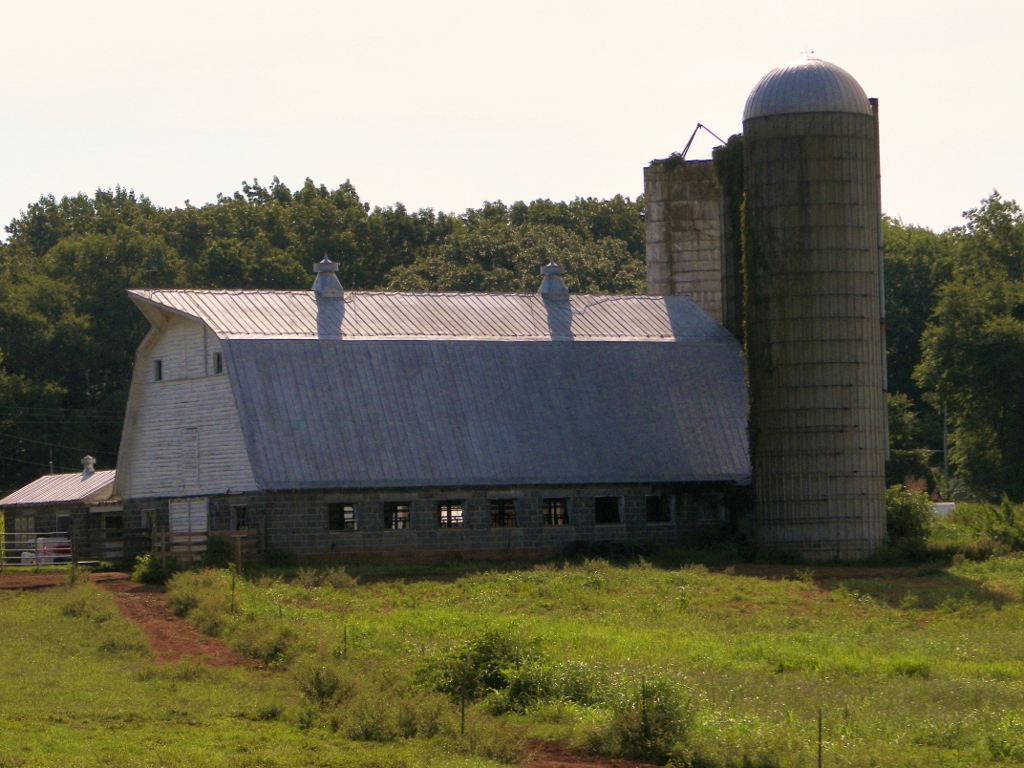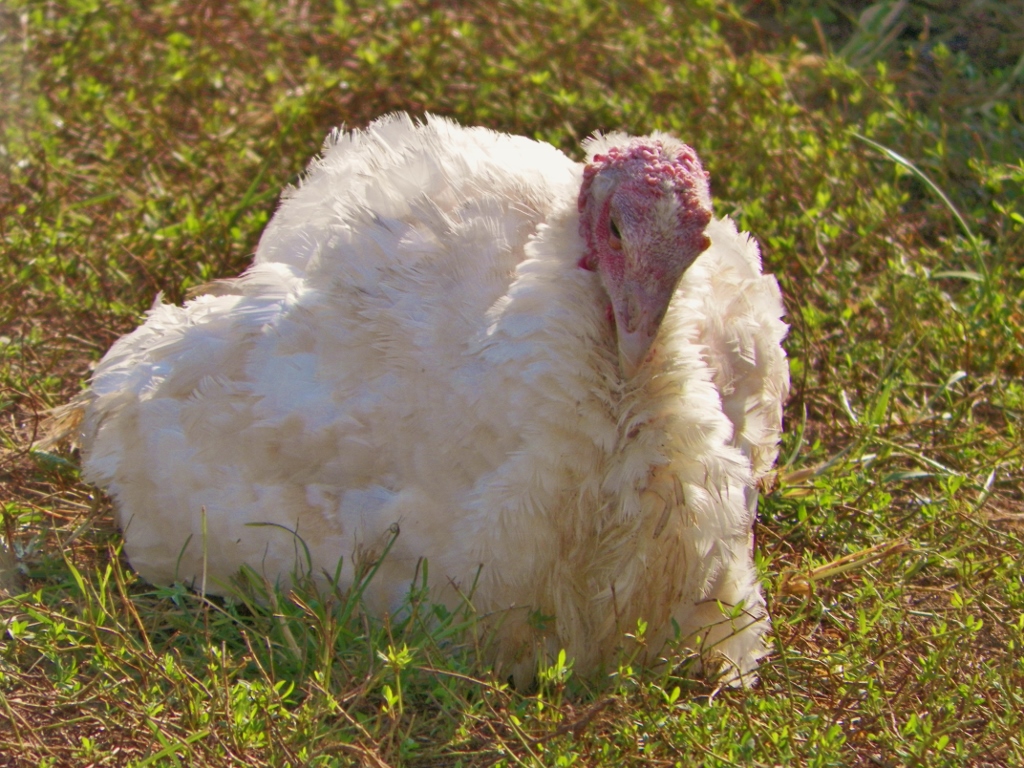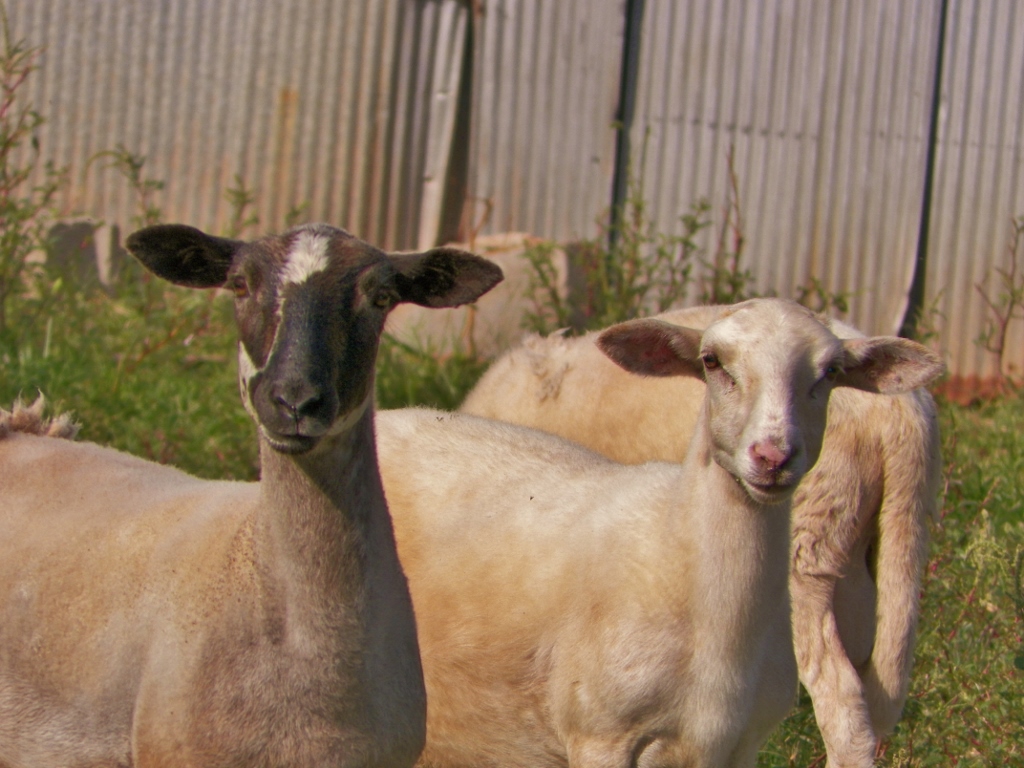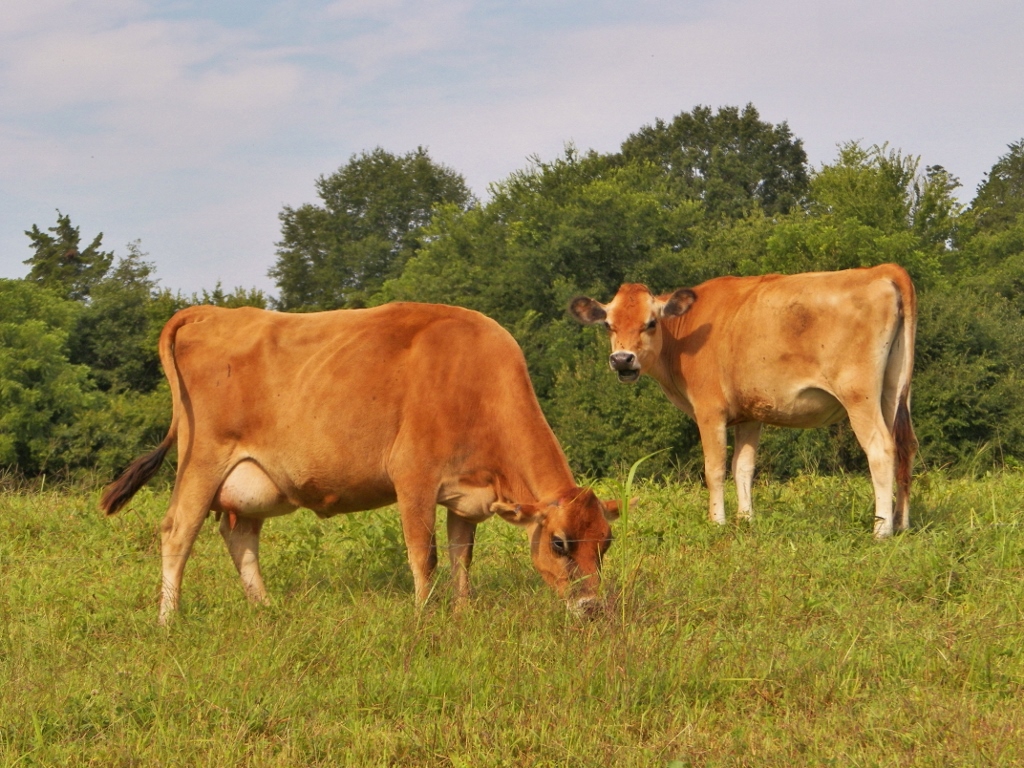They operate Avery’s Branch Farms, a dairy, pork, and poultry operation in Amelia County. The Alexanders started their farm business about six years ago and moved to their current location in 2009. They are primarily milk producers who interact with local consumers via a cow shareholding system, but they also raise poultry and pigs in order to offer chicken, turkey, pork, and eggs for sale. The family has made it their goal to feed their milking herd a pasture-based diet and to build healthy soil that can sustain pasture plants. Tim, his wife Joy, and their children run the operation together.
The Avery’s Branch milking herd is composed of about fifty head of Jerseys and crossbred animals. Why Jerseys? This breed does not produce the same volume of milk per day as the Holstein does, but Jersey milk tends to be high in butterfat and protein and is excellent for making cheese. Jersey cattle also perform well in the outdoor conditions on grazing operations and are widely used in many parts of the country. 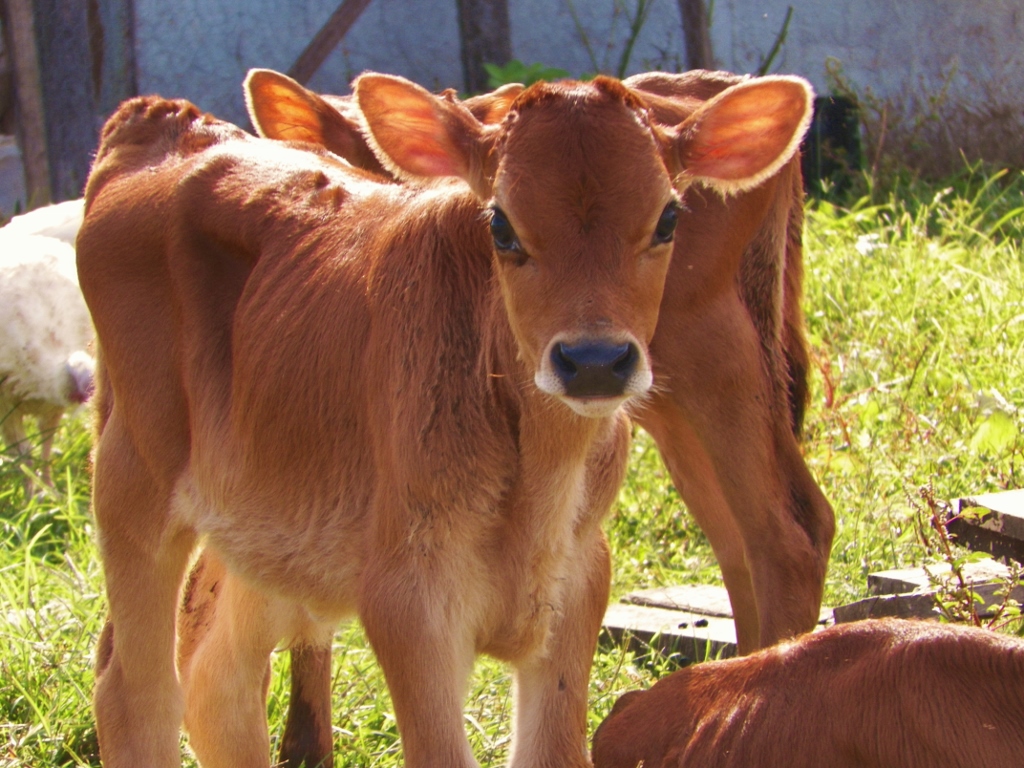
The milking herd relies primarily on forages to meet their needs. The cows receive a small amount of grain to meet their remaining nutritional requirements because lactating animals naturally require a high-energy diet in order to produce milk.
Like any grazing operation, Avery’s Branch strives to manage their pastures in such a way that forage is available for the majority of the year. Any farmer who runs out of pasture by the winter or faces a slump during a hot summer must resort to feeding hay, which can become costly. To reduce the number of hay-feeding days per year on the farm, Tim utilizes a diverse mix of annual and perennial forages in his pasture. Some of his pasture consists of tall fescue and clover, both of which are cool-season grasses that thrive in fall and spring and can be “stockpiled,” or saved up in the fall for grazing during the winter. The clover also “fixes” nitrogen from the air and adds it back into the soil, making it available for plants to use. Since cool-season grasses typically do not grow well during the hottest months, Tim plants warm-season annuals such as sudangrass, sorghum-sudangrass, and crabgrass, all of which thrive during the summer months when cool-season grasses have gone dormant. Keeping crabgrass as a desirable pasture plant may come as a surprise to people who despise seeing it in their lawns and gardens, but crabgrass is actually a higher-quality forage than many of its warm-season counterparts and contains about 15% crude protein and 60% total digestible energy when it is grown in fertile soil. The Alexanders have also planted winter annuals like ryegrass and oats to help get through the coming months.
Weeds, weather, and soil factors all play a role in the quality of the forages that are available to the cows. This year, wet weather has allowed cool-season forages like tall fescue to keep on growing all summer long. Weeds are also a concern on the farm, as they are for all producers, but the Alexanders combat them by clipping them to weaken them and rotating animals between pastures. Pasture rotation reduces the stress on desirable plants and allows them to recover quickly and choke out undesirable plants.
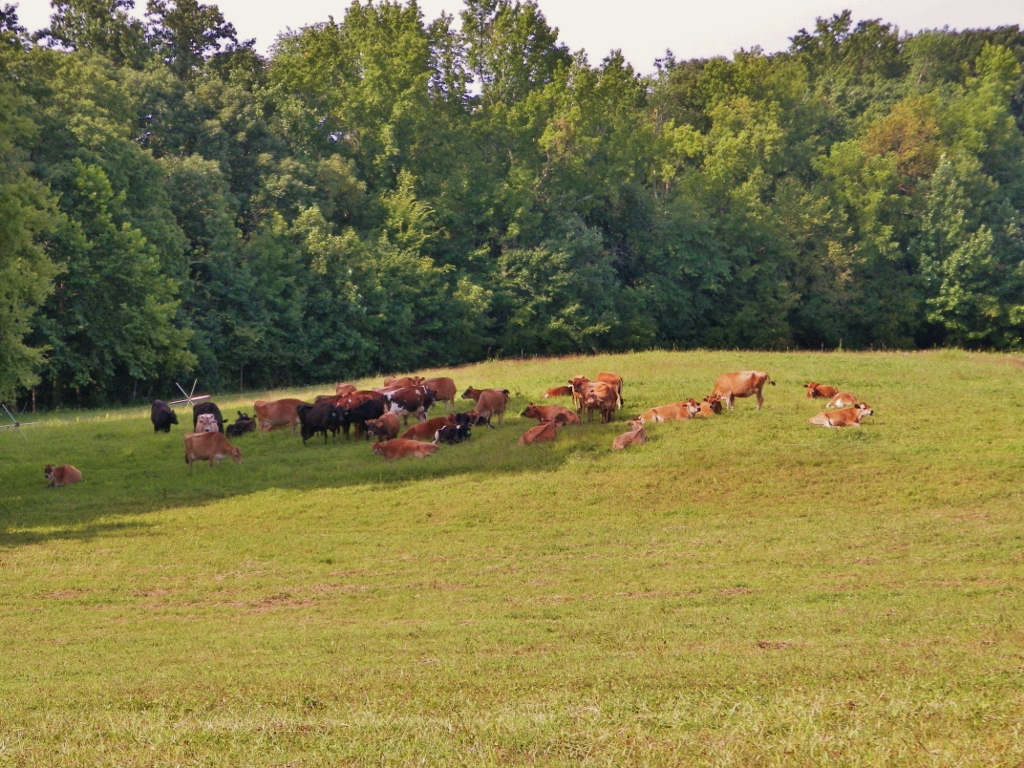 The Alexanders have continued to grow their farm to further meet the needs of their customers and shareholders. Their willingness to try new practices and evaluate their successes and failures objectively has allowed them to take their farming operation from an idea to a real-life success.
The Alexanders have continued to grow their farm to further meet the needs of their customers and shareholders. Their willingness to try new practices and evaluate their successes and failures objectively has allowed them to take their farming operation from an idea to a real-life success.
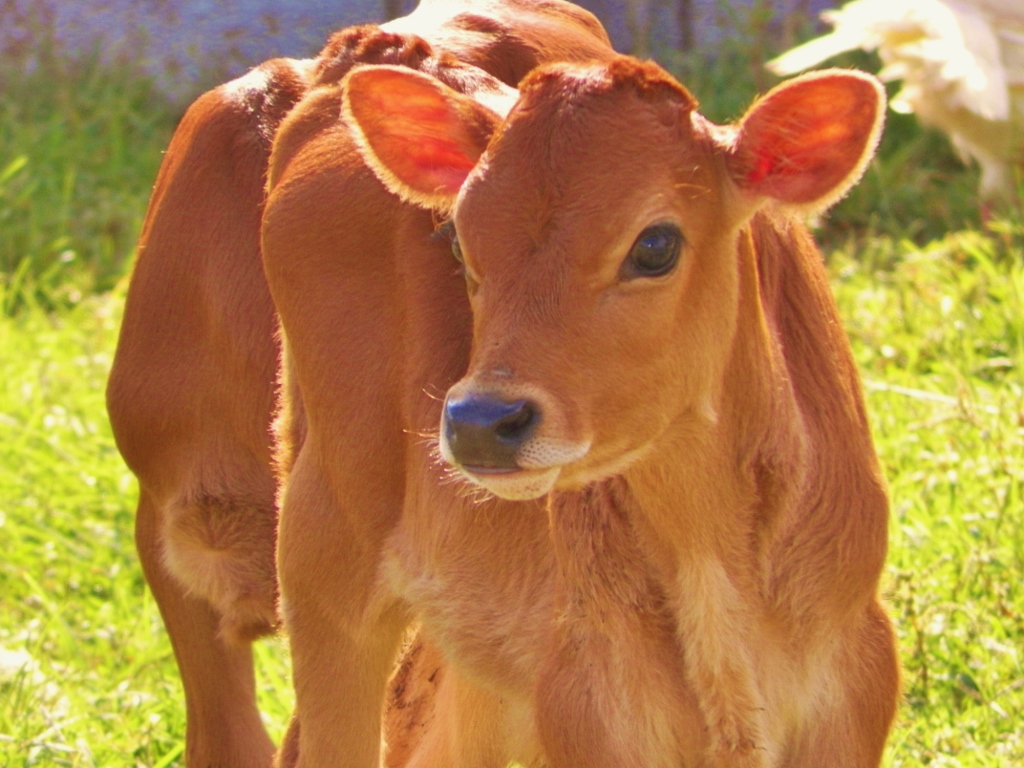 Additional Resources for Readers:
Additional Resources for Readers:
Warm-Season Annual Grass For Summer Forage
Forage Establishment: Getting Off to a Good Start
Information about Direct Marketing for Farm Products

